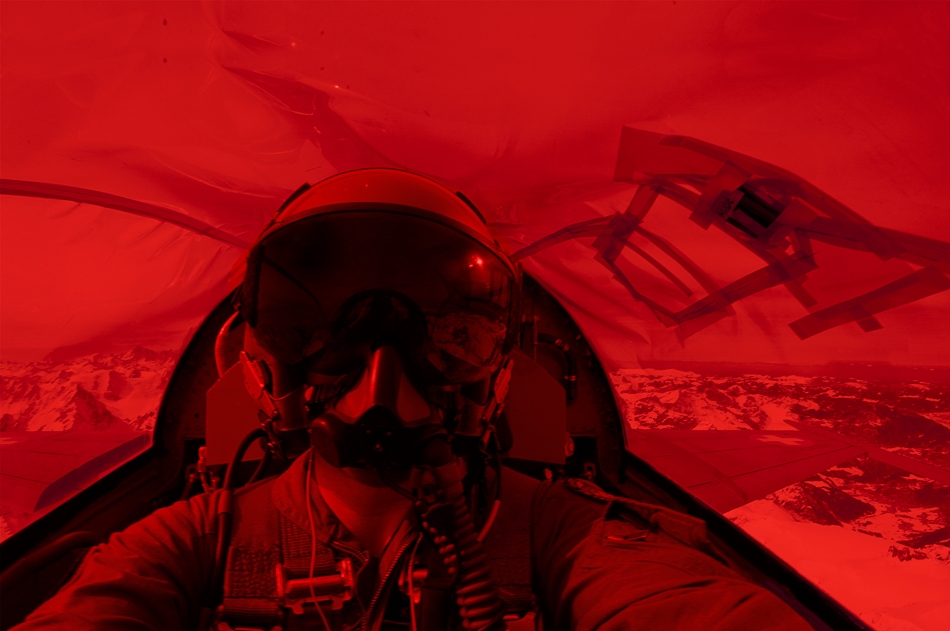Like a Dada Jules Verne, Christian Waldvogel is a man of quixotic – if idiosyncratic – adventures. At the age of fourteen, the Swiss artist asked his father for the location of the West Pole. Though Waldvogel admits that his father was quite correct in insisting on the nonexistence of any such pole, he refused to be deterred by such trivial matters. It must exist, the precocious teenager declared. The pole’s location, he has finally concluded, is both temporal and chronological: ‘It is at both the middle and the centre of night’, a text on the gallery wall asserts. Alongside walls lined with Biblical diagrams and photographs of Arctic explorers, Waldvogel’s installation West Pole (2005/2013) models his thinking on the matter via a large lamp on a tripod, an even larger disc suspended a few feet away representing the earth, and, tucked behind it, a night photograph of Hong Kong harbour (the eventually determined location for this prospective pole).
Trained as an architect, Waldvogel is still probably best known for his hitherto ‘open source’ art project Globus Cassus (2004–; the wiki was taken offline in late 2012). Equal parts Buckminster Fuller and Freeman Dyson, Globus Cassus reimagined the old idea of the hollow earth as a futuristic megastructure, utilising the whole of the earth’s mass to create a vast geodesic icosahedron of a size approaching that of Saturn. The work made up Switzerland’s contribution to the 2004 Venice architecture biennale and won a gold medal at the prestigious Leipzig Book Fair. It fills a room here in Metz, with a lengthy video and lavish wall charts, but I find myself drawn more to the quirkier charms of his recent adventures to the West Pole and so forth.
For his next mission, for instance, Waldvogel decided he wanted ‘to not turn with the Earth’. Since our planet rotates at 1158 km/h, he simply went up in a supersonic jet and flew west at precisely this speed. In order to document this hard-won stasis, he transformed the whole cockpit into a pinhole camera to take a picture of an immobile sun. In a room which also happens to be under constant surveillance for an ongoing work of Dora Garcia’s called Forever (2004–), the result of Waldvogel’s experiment (a large red sheet with a slight fuzzy patch in the lower left side) is exhibited alongside some films of the trip, his flying suit, and various other knickknacks, housed in a large vitrine (The Earth Turns Without Me, 2009–11).
There is an obvious similarity with Guido van der Werve’s The Day I Didn’t Turn With the World (2007) but with the Dutch artist’s physical commitment replaced by the brute force of jet engines. Conversely, I found Waldvogel’s idea rather more playful, more inviting. Van der Werve doesn’t show us a still sun, as Waldvogel does, but a man alone going through a particular experience that we can only observe with a certain amount of awe, but not really share.
As should be clear, then, Waldvogel’s actual exhibits are slightly pathetic. As ‘works’ in any classical sense, they are doomed – perhaps inevitably – to failure. But that almost doesn’t matter, since his starting premises are so wonderfully poetic. Like the very best Fluxus text scores, they are invitations to dream.
This article was first published in the March 2014 issue.
